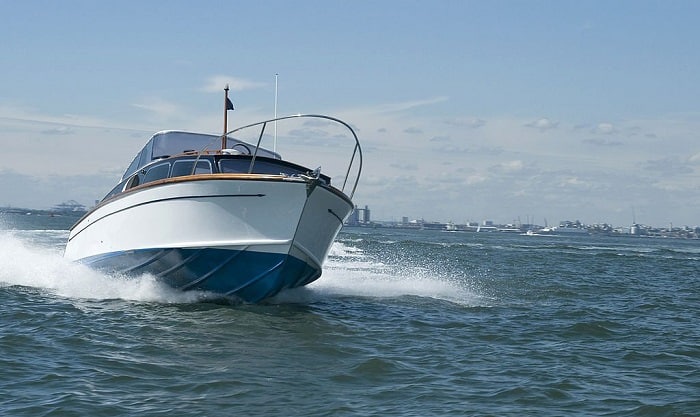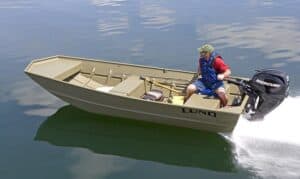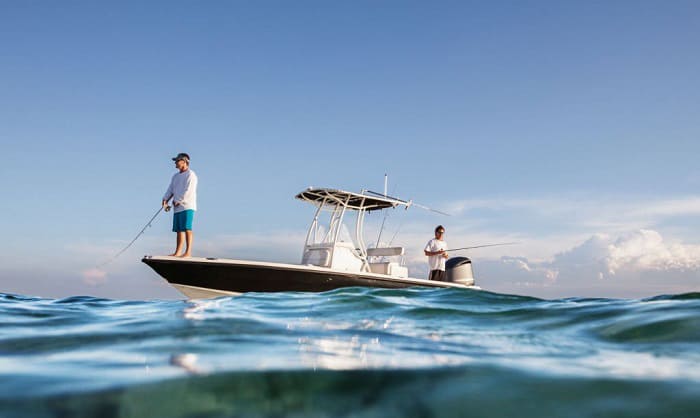When looking at boats for sale, the matter of v hull vs flat bottom is important to think about. This and all other considerations may be overwhelming, but each hull type has clear advantages.
Flat bottoms have very low draft and superior stability in shallow waters, while V hulls offer speed and stability in rough waters. However, there are also other points to consider when choosing the right boat hull.
Keep reading to find out more.
Table of Contents
Hull Types
Different types of boats will have varying designs of hulls, but this is more than just a matter of looks. While certain types may seem like they prioritize style, a lot of thought goes into functionality and how well they perform in specific conditions.
This is especially true for specialized watercraft such as the flat bottom river boat. This type of flat bottomed boat is designed to tackle the unique challenges that rivers can pose.
Before going further, it is important to understand the deadrise, which is the angle between the hull’s bottom and a horizontal plane. This figure is represented in degrees. Different types have specific deadrise ranges, and these determine their classification.
More deadrise means a boat is better at cutting through the water. But as it gains more dead rise, it loses out on stability while at slow speed and rest. This is where the pros and cons of high or low deadrise must be weighed.
1. Flat bottom
Contrary to what the name implies, flat-bottom boats are not exactly flat, though they come close. Any vessel with a dead rise of 10 degrees or less is considered a flat bottom. Having minimal deadrise results in two main characteristics that make boats invaluable for inland boating and fishing: stability and minimal draft.
The benefit of having a very low draft should be obvious to most people with boating experience. It allows the vessel to traverse even shallow waters, enabling boaters to access more areas for fishing or hunting.
The importance of stability seems self-explanatory, but some very specific details make this ideal for fishing. If a boat is very stable in calm waters and not easily affected by the movement of water, you are less likely to disturb fish.
The design of flat bottom hulls also gives a boat better control and a lower engine output requirement.
Their downside is their inability to handle rough water conditions, making them a bad choice for open waters such as the sea. Such hulls will also be prone to water splashes due to their lower freeboard.
However, the disadvantages of a flat bottom boat still do not outweigh its strengths.
2. Deep V
Since flat bottoms have a deadrise of 10 degrees and less, it is safe to assume that V-hulls are those with more than 10 degrees of deadrise. However, there are two types of V hulls: the deep-V and the modified V.
The deep-V has more deadrise (20 degrees or more) and is more representative of the V hull’s strengths. It has a sharp and pointed bow that can cut through the water, allowing it to traverse rough and choppy waters.
This also makes deep-v vessels the most stable in rough waters, though this results in having more reliance on higher engine outputs.
Their strengths lead to them being used mostly for offshore boating, but their characteristics also make them less suited for inland waters. Deep v boats have a deeper draft due to the shape of the hull. They are less stable at lower speeds and are prone to movement when not in operation.
3. Modified V
These have a deadrise between 10 and 20 degrees. This feature allows them to cut through water but still have additional stability from the relatively flat rear section.
The biggest drawback of such vessels is that they do not excel in any area of boating, although the versatility they offer makes them ideal for recreational and family boats. When it is difficult to weigh the deep v hull pros and cons, the mod-V is usually a good compromise.
Flat Bottom Boat Vs V Hull – Making Your Choice
The best way to determine which hull type is best for you is to look at what activities you expect to engage in the most. When looking at v hull vs flat bottom Jon boat for fishing, first consider where you prefer to fish. Since each hull type is geared for either open or inland waters, let that guide you.
If you prefer to have more freedom when considering flat bottom vs v hull Jon boat and be able to traverse different bodies of water, then the modified V-hull would work best, but keep its drawbacks in mind. This goes for other types of activities as well.
Frequently Asked Questions
1. Are flat bottom boats stable enough for utility work?
Yes. They are stable enough to stand on, which is usually required when performing different types of utility work on inland waters.
2. What problems may arise when flat-bottom boats are brought to open waters?
These are prone to swamping and capsizing in rough conditions. This is why they are not a good choice for open waters.
Conclusion
Flat bottoms are best suited for inland waters, while deep-V boats handle high speeds and rough waters well. Each type has its pros and cons to consider, but now you no longer have reservations about v hull vs flat bottom.
If you have any comments or suggestions, or if you’d like to share your experiences with any of these hull types, please drop them in the section below. We’ll be happy to hear from you.
Remember to boat safely.
Read now: Jon Boat – All About You Need to Know

“My intention from the first day establishing Boating Basics Online is to provide as much help as possible for boaters who want to experience a first safe and convenient trip. So feel free to join us and share your beautiful journeys to the sea!”



